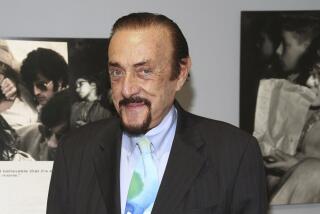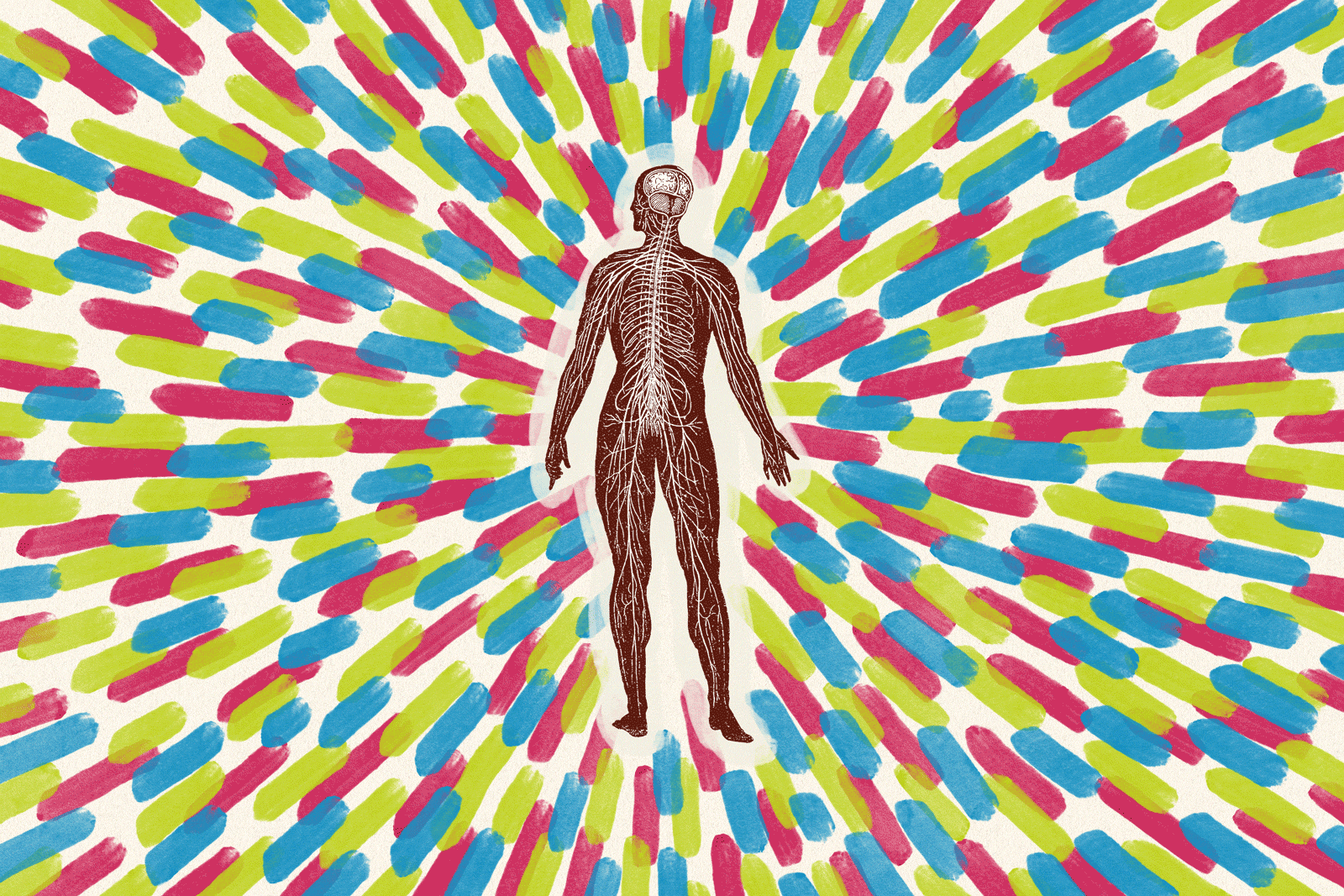Review: âIn the Mind Fieldsâ and the renewed emphasis on a mindful approach to mental illness
In a 1956 cover story marking the centenary of Sigmund Freudâs birth, Time celebrated the Viennese physician as the father of American psychiatry. While the magazine acknowledged that fewer than 10% of the nationâs 9,000 psychiatrists were âhard-core analysts,â it estimated that at least 70% of those trained since the early 1930s were steeped in Freud. âHis teachings,â the laudatory piece concluded, âhave drawn the charts for modern medicineâs progress into the diagnosis and cure of mental illness.â
Today most Americans, including President Obama, are convinced that the future of psychiatry lies not with psychoanalysis but with neuroscience. Two years ago, to try to solve the puzzle of mental illness, the White House launched the BRAIN Initiative (Brain Research through Advancing Innovative Neurotechnologies) â a massive public-private partnership that has drawn comparisons to the Manhattan Project and is expected to cost nearly $5 billion over the next decade.
But as science journalist Casey Schwartz explains in her thoughtful investigation, âIn the Mind Fields,â a small coterie of mental health professionals, led by the South African psychologist Mark Solms, have made a compelling case that Freud should not be relegated to a footnote. Although these critics acknowledge the value of brain research, they worry that psychiatry may still not be on the right path. Just as 20th century Freudianism erred by being too brainless, they argue, 21st century neuroscience runs the risk of becoming too mindless.
SIGN UP for the free Essential Arts & Culture newsletter >>
âThe distinction between neurological and psychological illness,â observes Solms, âis totally artificial. Both are always both.â
To build a bridge between these supposedly antithetical realms, Solms has created a new discipline, neuropsychoanalysis. Its chief tenet is that our inner emotional experience demands the same scientific scrutiny as our brain circuitry. Solms draws his inspiration from Freud, who briefly explored the biological correlates of psychology early in his career before deciding that the neurology of his day was too speculative for him to continue.
Schwartz has trailed Solms all over the world â from Manhattan, where he has run a monthly lecture series since the early 1990s at the New York Psychoanalytic Society, to Cape Town, where he teaches and treats patients, as well as to cities in-between where he has hosted the annual meeting of the International Neuropsychoanalysis Society, an organization that he founded.
Her engaging profile of the 54-year-old shrink calls to mind Janet Malcolmâs riveting book, âIn the Freud Archivesâ (1984), which pivoted around interviews with the controversial psychoanalyst Jeffrey Masson, whom Solms succeeded as the guardian of Freudâs papers. But unlike Masson, Solms has never run afoul of the psychoanalytic establishment, which eagerly awaits the publication next year of his revised edition of James Stracheyâs translation of Freudâs complete works.
As Schwartz reports, Solmsâ professional calling dates back to his childhood, when his 6-year old brother fell off a roof and suffered a serious brain injury. During his training in neuropsychology â the speciality that treats brain-damaged patients â he was shocked to learn that most clinicians focused exclusively on the quantifiable data that could be gleaned from standardized tests, such as how many digits a patient can hold in his working memory. Eager to learn about âthe person himself,â Solms began attending classes at a psychoanalytic institute at night.
Solms is enamored of psychoanalysis not because he worships everything Freud ever said but because he is convinced that it offers a useful three-dimensional model of the mind.
In her thorough review of key neuroscientific findings over the last few decades, Schwartz gives airtime to Solmsâ detractors, such as Harvard psychiatrist Allan Hobson. In sharp contrast to Freud, who saw dreams as âthe royal road to the unconscious,â Hobson has long argued that our nocturnal musings merely constitute âthe brain stemâs bumblings,â as Schwartz writes. Solms has challenged Hobsonâs seminal studies by coming up with evidence that the frontal cortex calls the shots. While Solms does not endorse Freudâs idea that all dreams are the fulfillment of a wish, he stresses that they still reveal valuable information about our innermost desires and conflicts. But Hobson still wants no part of Freud, informing Schwartz, âSolms & Co is as passe as Lehman Brothers.â
Schwartz is impressed by the array of tools contemporary neuroscientists have at their disposal â such as fMRI (functional magnetic resonance imaging), a non-invasive procedure that can measure electrical activity throughout the brain. However, like Solms, she is concerned that many academics suffer from an obsession with âall this neurotechnology ... with the machines themselvesâ and lack a clinical perspective. She is hopeful that recent studies using brain scans to explore the effects of psychotherapy may signal a new direction.
Indeed, itâs hard to dispute her contention that if brain researchers plan to conquer the scourge of mental illness, they will have to pay more attention to the mind.
::
In the Mind Fields: Exploring the New Science of Neuropsychoanalysis
Casey Schwartz
Pantheon: 240 pp, $24.95
Kendall is author of âAmericaâs Obsessivesâ and the forthcoming book âFirst Dads: Parenting and Politics from George Washington to Barack Obama.â
More to Read
Sign up for our Book Club newsletter
Get the latest news, events and more from the Los Angeles Times Book Club, and help us get L.A. reading and talking.
You may occasionally receive promotional content from the Los Angeles Times.






